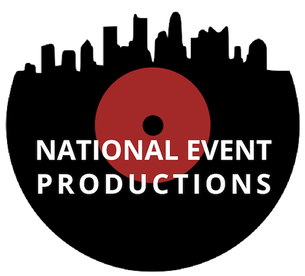Mastering the Craft of Seamless Film Mapping on Arched Screens for Breathtaking Visual Audience Experiences
Mastering the Craft of Seamless Film Mapping on Arched Screens for Breathtaking Visual Audience Experiences
Blog Article
Video projection is an exciting technique that allows images and footage to be projected onto areas, creating stunning visual encounters. When it comes to curved areas, perfecting this art can be a bit more difficult than casting onto flat planes. Curved surfaces can include various elements from the facades of buildings to sculptures and even platforms. Understanding how to efficiently project videos onto these shapes is crucial for artists, design professionals, and event organizers who want to develop engaging environments that captivate viewers.
The initial phase in video mapping on curved surfaces is to comprehend the shape of the area. Curved surfaces can be complex, with varying degrees of bend. To attain a smooth projection, it is vital to build a 3D model of the surface. This representation helps in visualizing how the footage will appear when projected. Software tools are available that permit users to develop these representations and simulate the display. By precisely aligning the dimensions and contours of the surface, designers can guarantee that the video aligns perfectly without distortion.
Once the 3D representation is prepared, the following step is to prepare the footage material. This includes editing the video to suit the particular shape and size of the rounded surface. It is essential to consider the angles and sightlines from which the viewers will observe the projection. The content should be crafted to enhance the aesthetic experience, making it captivating and relevant to the theme of the event or setup. Using high-quality graphics and animations can greatly enhance the overall impact of the display.
After preparing the content, the actual projection procedure starts. This includes setting up the devices at the appropriate angles and distances to guarantee that the footage aligns with the 3D representation. Calibration is a crucial part of this procedure. It may necessitate modifying the brightness, contrast, and sharpness of the projectors to achieve the optimal outcomes. Additionally, using several projectors may be necessary to encompass bigger or more intricate areas. This technique, known as seamless projection, helps form a seamless image across the whole surface.
Ultimately, trialing the projection is crucial before the conclusive presentation. This enables designers to make any necessary modifications to the footage and projector configurations. It is also an chance to see how the audience will perceive the projection from different viewpoints. By ensuring that the video projection is flawless, creators can provide a stunning aesthetic experience that creates a memorable impact. Mastering live production crew roles footage mapping on rounded surfaces not only improves creative expression but also opens up new opportunities for narrative and viewer interaction in multiple settings.